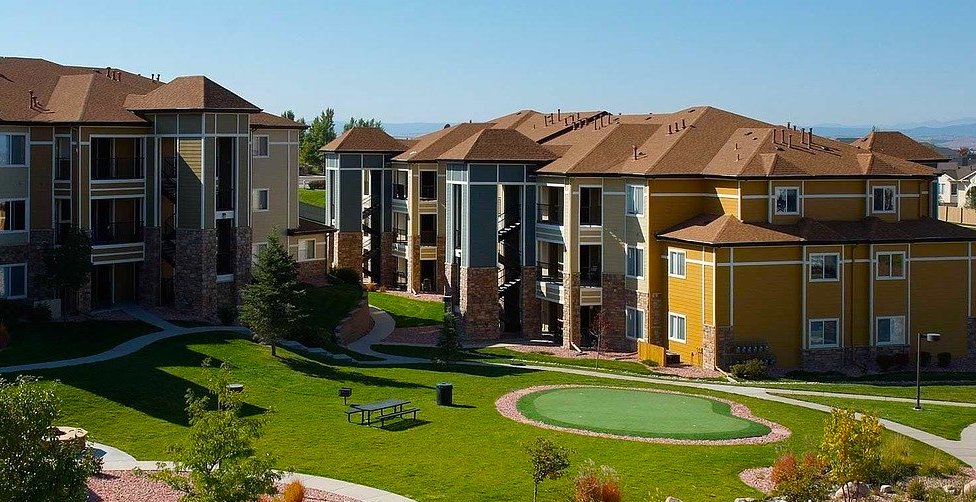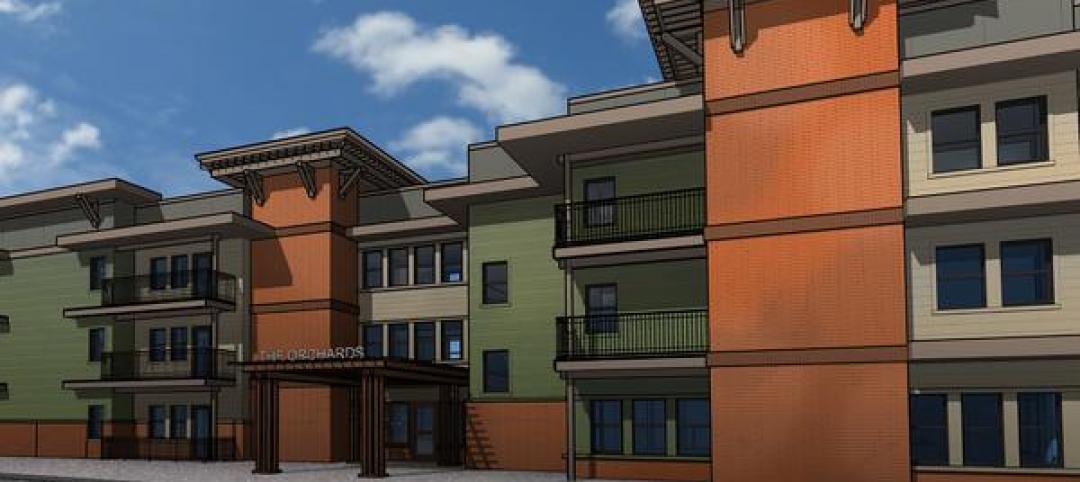Let me begin by saying, on behalf of all of us at Multifamily Design+Construction and our parent company, SGC Horizon, that I wish you and your family, friends, and coworkers well amid the turmoil of this terrible pandemic.
Turning to more mundane matters, multifamily seems to be one sector in the construction industry that’s holding its own. The AIA’s Architectural Billing Index for August showed multifamily at a three-month rolling index of 47.5—not great (a score above 50 indicates positive growth), but well above mixed-practice (44.0), institutional (39.5), and commercial/industrial (35.4). AIA Chief Economist Kermit Baker, PhD, Hon. AIA, ventured so far as to say that multifamily “came close to seeing billings growth for July” (the last month measured).
Some positives for multifamily housing
Baker’s opinion was confirmed by Brad Hunter, former Managing Director at RCLCO (now Principal at Hunter Housing Economics), in a segment (https://bit.ly/3lVZ1QM) of “The Weekly” (horizontv.bdcnetwork.com), our new streaming service (Thursdays, 1pm Eastern).
Citing RCLCO’s Mid-Year 2020 Sentiment Survey, Hunter said most analysts believed multifamily rental and active-adult housing had “already hit bottom,” although independent living and assisted living/memory care were “still in full downturn mode.”
In speaking to many multifamily architects and contractors over the summer I came away with the feeling that, while their businesses had suffered a huge hit in March, April, and early May, conditions had started to brighten in late May and June—not gangbusters, to be sure, but steady improvement that continued into the Labor Day weekend.
Student housing in turmoil
I interviewed Mitch Dalton, Chief Director of Design at Core Spaces, in early July for “The Weekly” (https://bit.ly/3i6zzFB) about his company’s survey of 2,500 of its tenants—students who live in Core Spaces’ off-campus housing. Ninety percent said they wanted to come back to campus. Most (73%) said they would return to their off-campus apartments even if their institutions offered only online instruction. Most (60%) said they were dissatisfied with remote learning. Even so, four in five (80%) said they would rather study remotely in their college apartments than at home.
A month after my chat with Dalton, many of the nation’s more than 4,000 colleges and universities were still struggling with whether to open for in-person instruction, go fully remote, or try some sort of hybrid scheme. Most eventually went 100% online, but some, notably the University of North Carolina at Chapel Hill, opened up the campus, only to have to shut down a week later when clusters of Tar Heels started testing positive for the virus. What a mess. Let’s hope for a proven vaccine soon. Meanwhile, please keep safe, wear your mask (and PPE on the job site), wash your hands, and maintain a safe distance.
Related Stories
| Jun 19, 2014
First look: JDS Architects' roller-coaster-like design for Istanbul waterfront development
The development's wavy and groovy design promises unobstructed views of the Marmara Sea for every unit.
| Jun 19, 2014
Singapore's 'Tree House' vertical gardens break Guinness World Record
The high-rise development will have a 24,638-sf vertical garden, breaking a Guinness World Record.
| Jun 18, 2014
Largest Passive House structure in the U.S. to be built in Oregon
Orchards at Orenco, a 57-unit affordable housing complex in Hillsboro, Oregon, is the first of a three-phase, three-building complex.
| Jun 18, 2014
SOM's twisting tower wins design competition for Sweden's tallest skyscraper
The skyscraper, which will reach 230 meters and is named Polstjärnan, or "The Pole Star," is to be built in Gothenburg, Sweden.
| Jun 18, 2014
Arup uses 3D printing to fabricate one-of-a-kind structural steel components
The firm's research shows that 3D printing has the potential to reduce costs, cut waste, and slash the carbon footprint of the construction sector.
| Jun 17, 2014
U.S. Census report examines why Americans move
According to the U.S. Census Bureau, 35.9 million people moved between 2012 and 2013, meaning that 11.7% of the U.S. population moved in one year. The report seeks to examine why.
| Jun 13, 2014
Grocery stores, restaurants make neighborhoods most desirable [infographic]
John Burns Real Estate Consulting ranks the top 25 housing amenities by generation, based on feedback from more than 20,000 home shoppers.
| Jun 12, 2014
Austrian university develops 'inflatable' concrete dome method
Constructing a concrete dome is a costly process, but this may change soon. A team from the Vienna University of Technology has developed a method that allows concrete domes to form with the use of air and steel cables instead of expensive, timber supporting structures.
| Jun 11, 2014
David Adjaye’s housing project in Sugar Hill nears completion
A new development in New York's historic Sugar Hill district nears completion, designed to be an icon for the neighborhood's rich history.
| Jun 11, 2014
Koolhaas’ OMA teams with chemical company to study link between color and economy
Dutch company AkzoNobel is partnering with Rem Koolhaas' firm OMA to study how the application of colorful paints and coatings can affect a city's economic development.
















